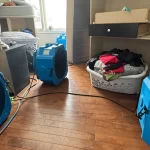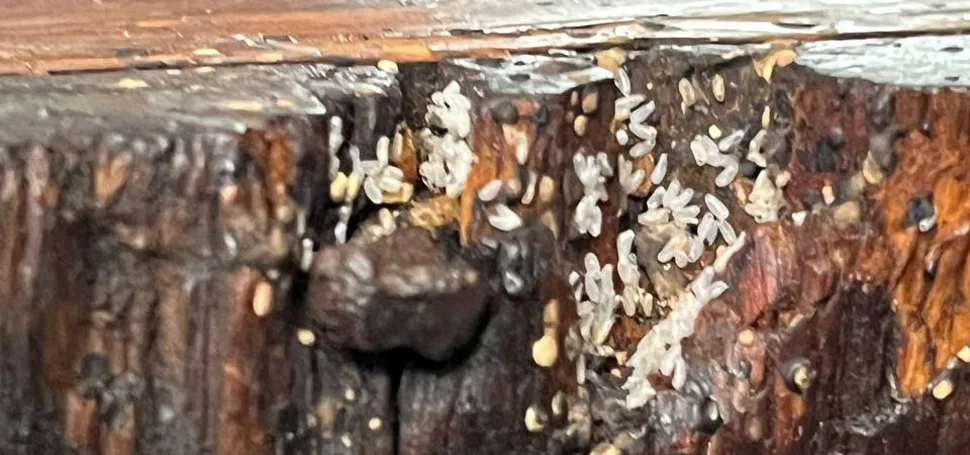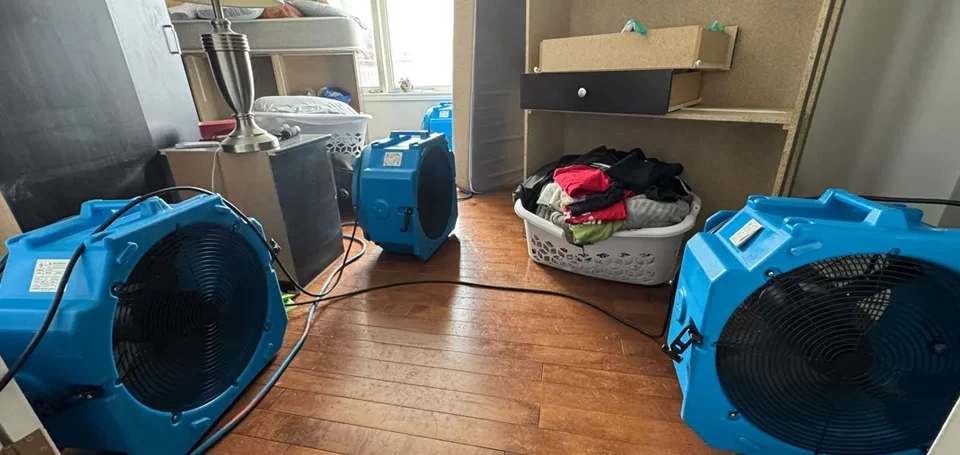
Effective Preparation: A Key Step Before Bed Bug Treatment
5 February 2025What Is the Hatching Time for Bed Bug Eggs?

Bed bugs are notorious for their resilience and rapid reproduction, making them one of the most challenging pests to eliminate. Understanding the life cycle of bed bugs, particularly the hatching time of their eggs, is essential for tackling infestations effectively. By comprehending how long it takes for bed bugs to hatch, you can better time treatments and implement strategies to eradicate these unwelcome intruders.
The Bed Bug Life Cycle
To understand bed bug hatching times, it’s essential to grasp their life cycle. Bed bugs go through three primary stages:
- Egg Stage: Female bed bugs lay eggs in secluded areas, often in cracks, crevices, and mattress seams. Each female can lay up to five eggs per day and hundreds over her lifetime.
- Nymph Stage: Once the eggs hatch, young bed bugs, called nymphs, emerge. These nymphs must feed on blood to molt and progress through five growth stages.
- Adult Stage: After the fifth molt, nymphs become adults capable of reproducing. Adults can live for several months under optimal conditions, continuing the infestation cycle.
How Long Does It Take for Bed Bugs to Hatch?
The hatching time of bed bug eggs depends on environmental factors, particularly temperature and humidity. On average, bed bug eggs hatch within 6 to 10 days under ideal conditions. Let’s examine the factors that influence this timeline:
- Temperature: Bed bugs thrive in temperatures between 70°F (21°C) and 90°F (32°C). At these temperatures, eggs hatch more quickly. Lower temperatures can significantly slow the hatching process, with eggs taking up to two weeks or longer to hatch in cooler environments.
- Humidity: While bed bugs are relatively resilient, very low humidity levels can negatively affect egg development. Moderate humidity levels typically support faster hatching times.
- Egg Viability: Not all bed bug eggs hatch successfully. Factors such as pesticide exposure or improper placement by the female bed bug can reduce egg viability.
Why Timing Matters in Bed Bug Treatment
Understanding the hatching timeline is critical when designing an effective bed bug treatment plan. Since treatments like heat or chemical applications often target live bugs rather than unhatched eggs, timing follow-up treatments to coincide with the hatching period is essential to disrupt the life cycle.
For instance, if an initial treatment eliminates adult bed bugs and nymphs but not the eggs, a second treatment should be scheduled approximately 10 to 14 days later to address newly hatched nymphs before they mature and reproduce.
Preventing Bed Bug Infestations
In addition to treatment, proactive measures can help prevent future infestations:
- Regular Inspections: Periodically inspect mattresses, bed frames, and furniture for signs of bed bugs, including eggs and fecal stains.
- Protective Encasements: Use bed bug-proof covers for mattresses and pillows to eliminate hiding spots.
- Reduce Clutter: Decluttering your living space minimizes potential hiding places for bed bugs.
- Careful Travel Practices: Inspect hotel rooms for signs of bed bugs, and avoid placing luggage directly on beds or floors. After traveling, wash and dry clothing on high heat.
The Role of Professional Bed Bug Control Services
While DIY methods can temporarily alleviate bed bug problems, professional pest control services provide the expertise and tools needed to address infestations comprehensively. Experts understand the life cycle of bed bugs and can tailor treatments to target all stages, including eggs and newly hatched nymphs.
At Smite A Mite, we specialize in thorough bed bug treatment plans that include follow-up visits to ensure complete eradication. Our team uses advanced techniques and tools to identify and eliminate bed bugs at every stage of their life cycle, giving you peace of mind in your home.
Signs of Bed Bug Eggs and Infestations
Recognizing bed bug eggs can help you identify an infestation early. Bed bug eggs are tiny, about 1 millimetre long, and white or translucent. They are often found in clusters in hidden areas such as:
- Mattress seams
- Behind headboards
- Cracks in furniture
- Electrical outlets
If you notice these signs, act quickly to prevent the infestation from spreading.
How to Effectively Tackle Your Bed Bug Problem
Are bed bugs disrupting your peace of mind? We are here to help. With our comprehensive pest control solutions, we address infestations at every stage, from eggs to adults. Contact Smite A Mite at (647) 646-4646 or visit our website to schedule a consultation. Let us help you reclaim your home and live bed bug-free!





